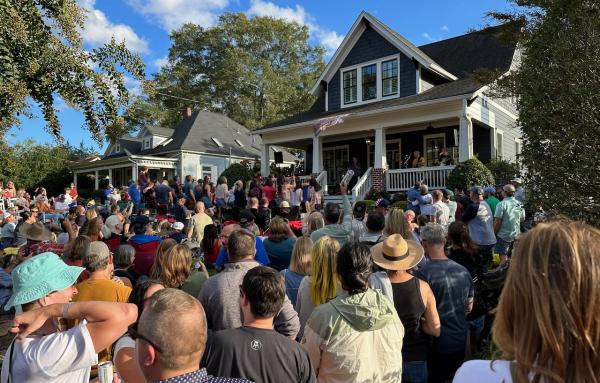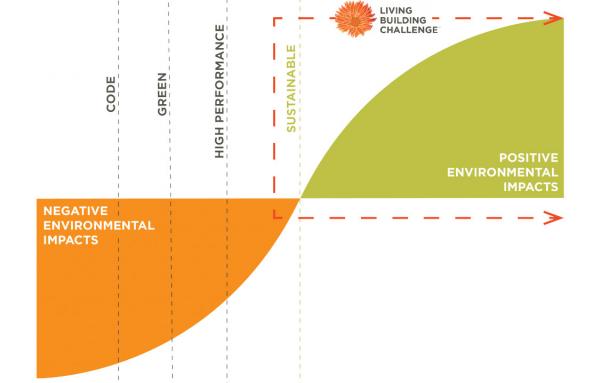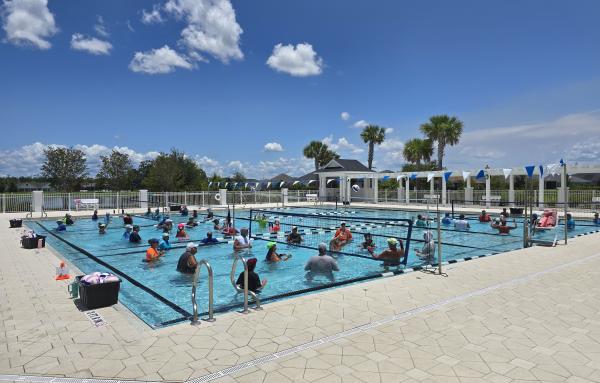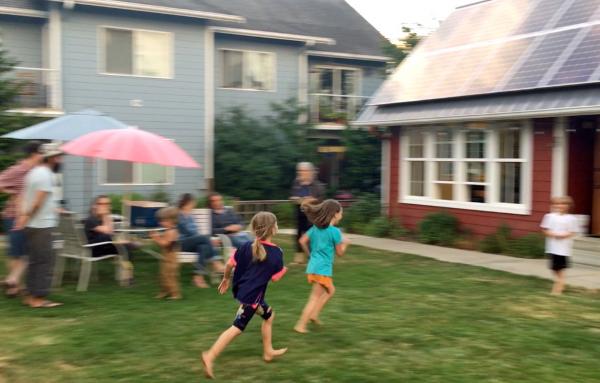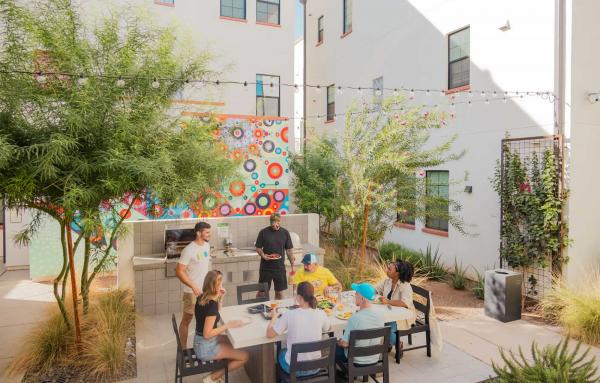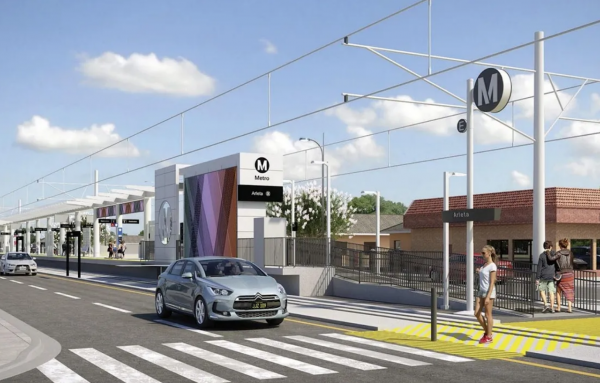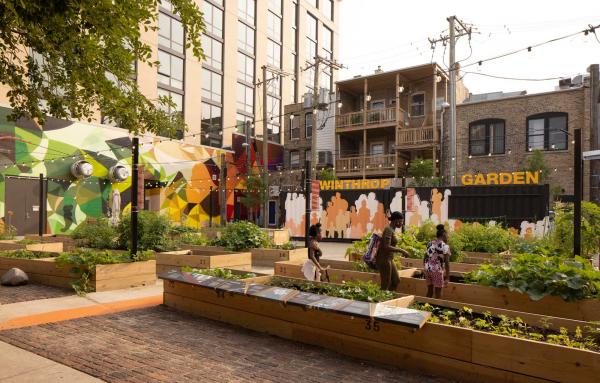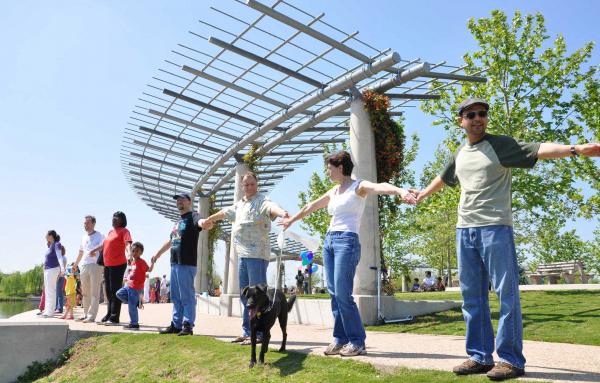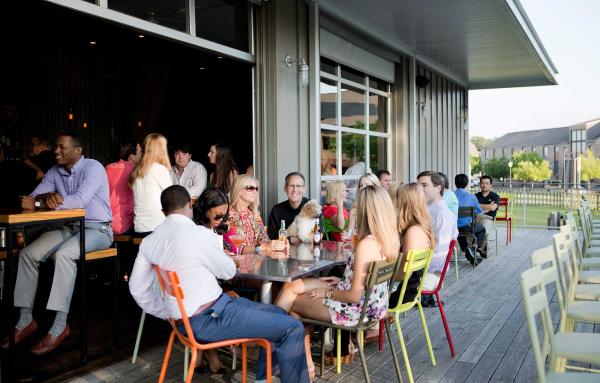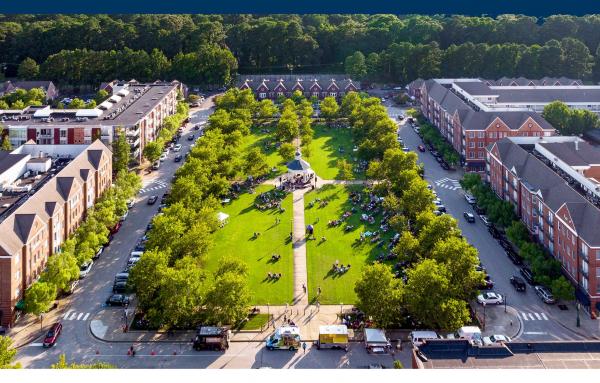Community
How might they empower each other to build walkable, decarbonized cities?
We've learned how to design a good block. It's time for new urbanists to focus on the block party, says Fernando Pages Ruiz. The Villages have mastered that aspect of community building.
The housing supply-demand gap has grown so huge in desirable places that the panic to add more units is overshadowing what should be obvious about human needs goals.
Culdesac in Tempe, Arizona, has people-friendly courtyards and a walkable design, which leads to success. The formula is explained in Happy City.
We have a unique opportunity to rethink what it means to create shared spaces. By reimagining downtowns, expanding parks, and supporting hybrid third places, we can design environments that heal, connect, and inspire.
Governments, business groups, community development corporations, foundations, and designers need to recognize church closures for the urban planning and development crisis they are.
Communities must support the policies and lead the discussion of solutions for transforming LA’s sprawl for high-level ideas to become a successful reality.
Winthrop Family Historical Garden redesigns an underutilized green space as a beautiful garden and public gathering spot in Chicago, Illinois. MKSK won a 2024 CNU Charter Award in the Block, Street, and Building category.
As the problem of loneliness grows, urbanists and planners may successfully design for social interaction in three broad ways.
A new town in Alabama is a model for how community planning and institutions can connect people.
A new urbanist development named after a literary hometown focuses on the arts and much-needed public space.
